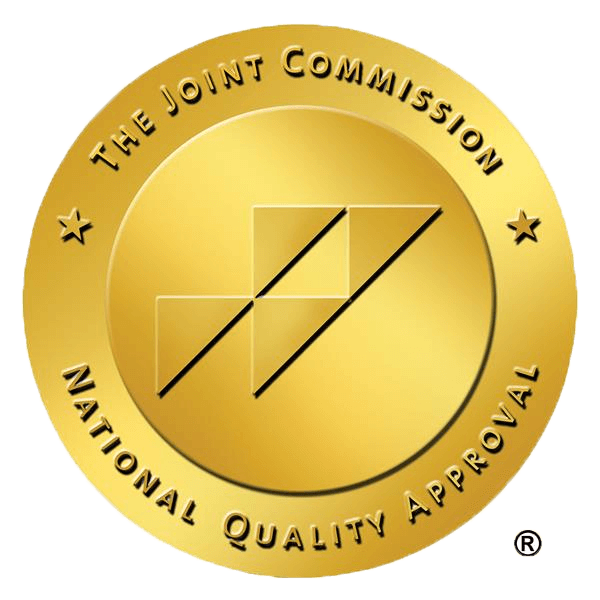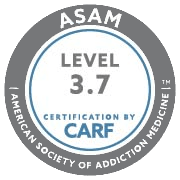Overall Look at Drug and Alcohol Addiction: How on earth did this happen?
We are in the midst of an opioid epidemic that has inundated our country, if not the world. A recent estimate states that over 200,000 people have died of drug overdoses since the year 2000. Addiction has been exploding for a number of reasons: mis-prescribed addictive pharmaceutical drugs; people born into families where drinking and drug use was a matter of course; the burgeoning social media where relationships have shifted from live interpersonal connections to connections via texting, email, and social media snapshots taken on our ‘smart’ phones ….
For instance, last year one of my clients, Barbara, came to see me for a session. Barbara, 19-years old, was a junior in college. Her dilemma revolved around career choices: to be a pharmacist, an attorney, an English professor, or a mechanical engineer. (And yes, she had the intelligence to be any of the above.) Upon entering my office, Barbara walked briskly past me, flopped on the sofa, and burst into tears. When I asked her what was causing the tears, she blurted, “My sister de-friended me on Facebook!” Barbara still lived at home with her parents and sister, so she essentially saw her sister, in person, daily. The upset was over being rejected on social media. I was shocked at first, then attempted to re-codify her upset in today’s modern world.
A recent study found that people who are avid social media users often suffer more depression and self-criticism because they read about the fun times others are having (along with the pictures of their fantastic bowl of minestrone, smiling people with their loved ones, or their new adorable puppy). It therefore appears that everyone they know is happy, and they, in contrast, are not. In addition, they have substituted face-to-face relationships with electronic interface. And so we have become a nation of depleted human connections.
I have been clinical director, clinical supervisor, and group therapist for a number of recovery centers and mental health hospitals in Southern California. In those positions, I have worked directly with patients, their peers, and their families, and have been deeply involved with struggles with addiction.
The focus of therapy has moved away from a modernist model of linear causality and understanding of reality as objective, to a modern understanding of reality as socially and linguistically constructed. In family therapy, for example, there is normally one member of the family system who is labeled ‘the problem’ that needs to be fixed. This ‘identified patient’ (the IP), is theoretically the cause of all the problems. However, when you look at the totality of the interactions of the family unit, you find that the situation is much more complex.
I saw a family of seven a few years back: husband, wife, and five children. The IP was a 10-year-old boy named Tom who was developmentally disabled, struggling in school, and frequently a victim of bullying. The other four siblings were successful, bright, and attractive. Three of them had performed in commercials on TV. One of the daughters, aged 5, at one point stated, “The only time this family gets together is when Tom gets in trouble.” This shed light on the workings of the family in general, so I decided to see the parents in a separate session. It turned out that their marriage was on the rocks. Each of them had had a number of extramarital affairs and they were both ready to throw in the towel. How convenient that they had a scapegoat that took the focus away from their problems and threw the issues on the young boy who, it turned out, felt an obligation to act out, knowing that his behavior would bring the family into unison. If this sounds like the scenario for addiction of some sort, you’re correct.
Addiction is Often Defined Solely as a Disease and Therefore Treated Only Through a Medical Model
Please note that I am aware that the physical condition of addiction can easily get out of control; however, I have also seen that people suffering from addiction often revert to the use of the medical model as a means to distance themselves from the ability to empower themselves to do something about their condition, preferring to rely only medicine to cure them. If they feel they can rationally think of themselves as victims of an illness, they therefore see little ability to control the disease.
Medical treatment for addiction is one of many important interventions we can use for aiding the addicted person to find strength to control his or her life.. I am not attempting to pre-empt any medical advice given by your physician. This is a situation that is based on a relationship between you and your doctor. My goal is to help you through the potholes of self-awareness in order to help you to empower yourself toward your own recovery.
It seems that every “expert” in the field of addiction has an idea of the cause and cure of addiction (see the old poem, “The Blind Men and the Elephant.”). Some say it’s all in the brain; others state that you are a slave to your genes; or perhaps this is all a lapse in your development, or simply a need to reconnect to a more supportive social environment.
It’s all of these. They are all factors in both the birth of addiction and a means by which one can control the addiction.
Major Empirical Studies Have Been Mounted to Ascertain the Effectiveness of the Various Interventions Utilized
Attempting to keep track of clients’ sobriety after leaving a treatment center is difficult if not impossible. Although many of the recovery centers pride themselves in keeping in touch with patients who have been discharged, through outpatient or “graduate” programs, the method of gathering information about their well-being is through self-reporting, since patients often come from all parts of the country for treatment. If a patient has continued and active addition and is using drugs and does not want to return to treatment, he or she will lie and self-report positively; if the patient is not using and doesn’t want to be bothered, they will not respond at all. Therefore, how accurate and scientific a picture can we paint based on this type of information?
But let’s start from scratch. This series of blogs is designed to work from examining inherited genes at birth, through attachment at an early age, through family messages and family addictions, into developed cycles of guilt and shame, to early relationships at school, into adolescence (when most addicted people began their use), on through the socialization (or lack thereof) during this crucial adolescent period, and on to treatment in recovery centers.
In setting out to deal with these issues, I want to address the fact that I do not see addiction as a “moral” failing, but rather, as Tara Conner, former Miss USA, stated, as a ‘perfect storm” of events that led to her addiction.
If you are at a point where simple intellectual understanding is no longer effective and you are ready to go into treatment in one of the many treatment facilities across the country, I will address the various treatments that are available, what to look for in dealing with your specific addiction, and overall effectiveness.
Excerpted from Dr. Biroc’s unpublished book, Understanding Addiction and Recovery
Author of Article: Dr. John Biroc
Dr. Biroc holds two master’s degrees (theatre and psychology) and a doctorate from USC in Psychology. Dr. Biroc blends the concepts of intellect and creativity in his approach to recovery and has taught at UCLA, California State University, Northridge, and Antioch University. In addition, he has worked as a contract therapist for mental hospitals in California.








